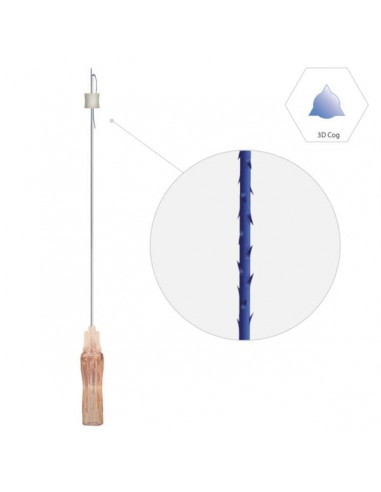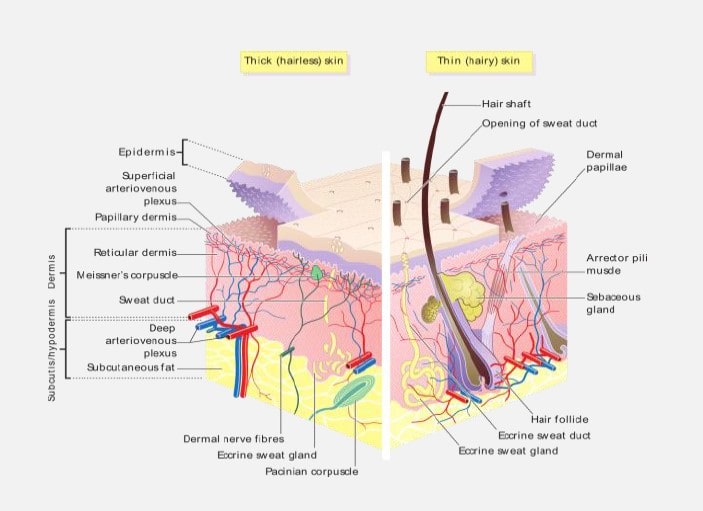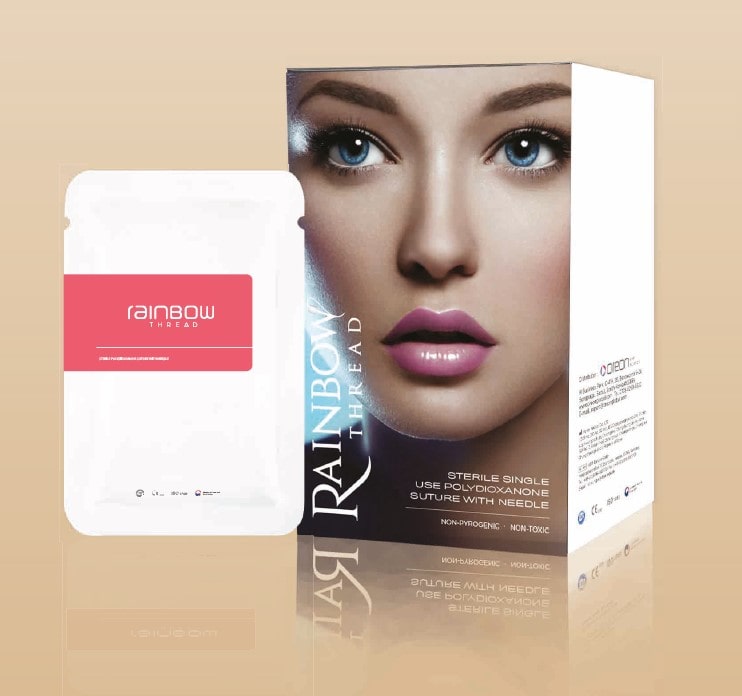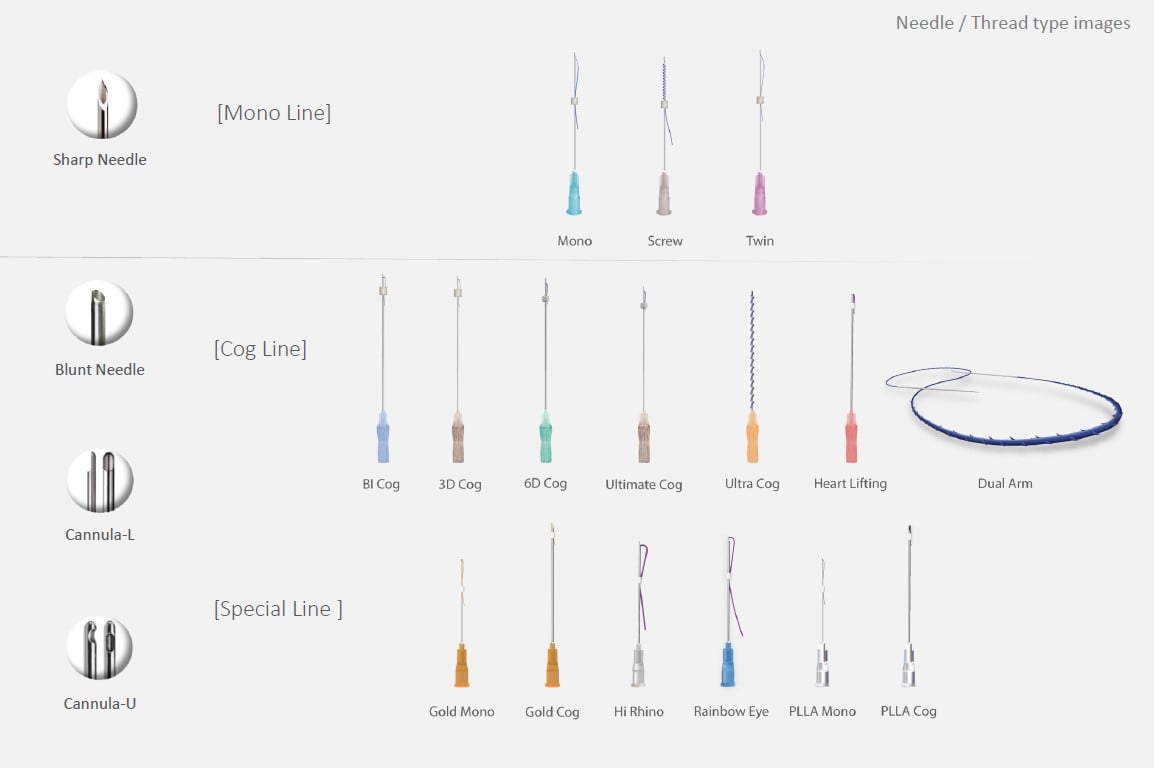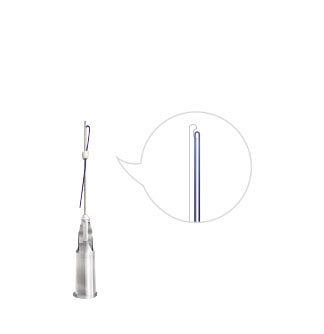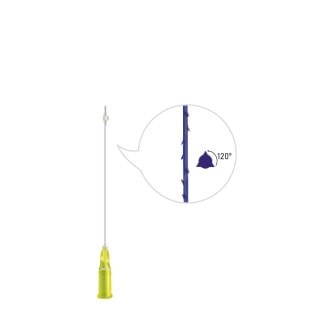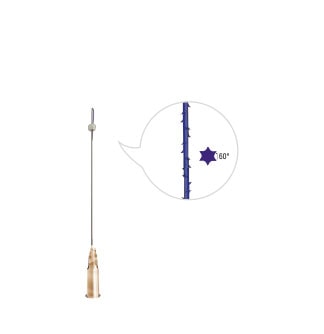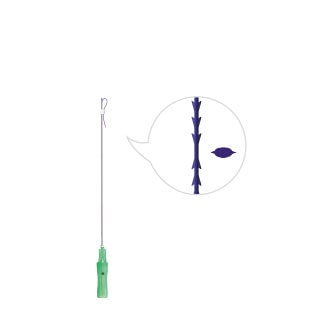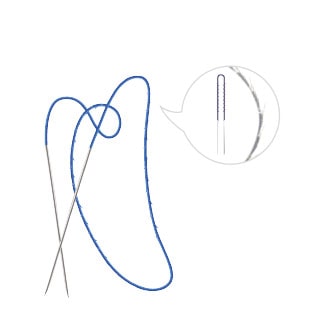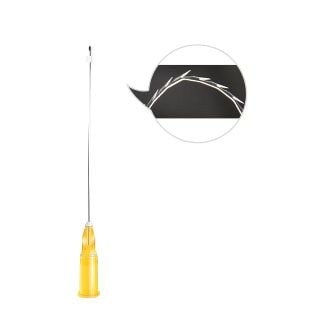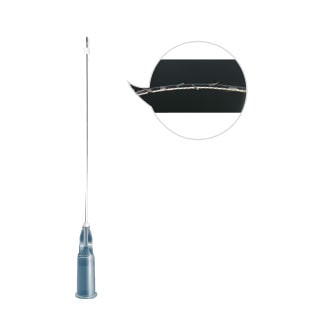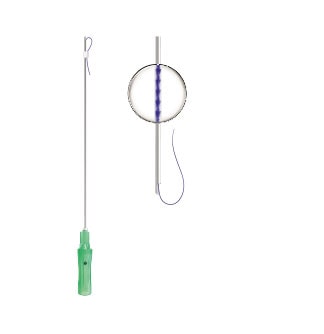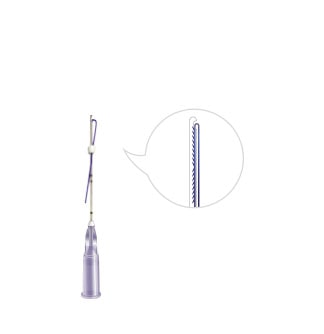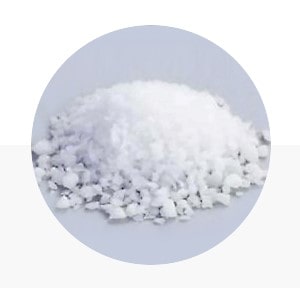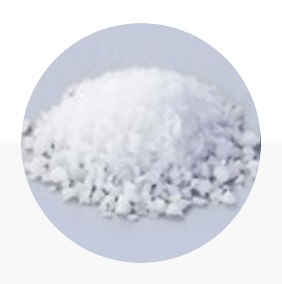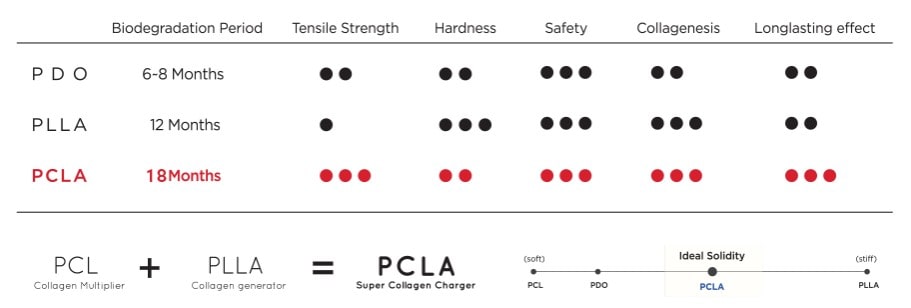Polydioxanone threads are most commonly used in aesthetic medicine to correct the jawline and facial oval. However, they can be used not only for facial rejuvenation and tightening, but also for abdomen, décolleté, elbows, buttocks, knees and breasts.
Indications for the use of PDO threads on the face:
" Vertical and horizontal wrinkles on the forehead;
" The need for a facelift in the forehead area with drooping outer edges of the eyebrows, sagging, soft tissue;
" bags under the eyes in the lower eyelid area;
" sagging of the skin on the cheeks;
" pronounced nasolabial folds;
" cheeks and jawline;
" wrinkles on the chin;
" sagging cheeks and lower eyelid area;
" sagging cheeks and area below the lower jaw;
" skin folds on cheeks;
wrinkled cheeks.
Indications for PDO threads on other areas of the body:
" Skin folds and wrinkles in the neck and décolleté area;
" Breasts need to be tightened and shaped;
" Tissue sagging and stretch marks on buttocks, abdomen, arms and legs;
" insensitive skin and subcutaneous tissue (especially after liposuction).




